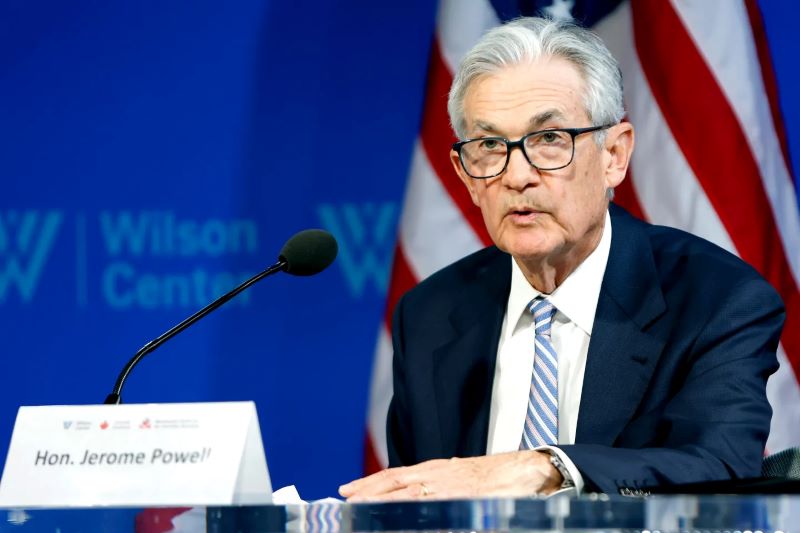US inflation fell to 2.5% in August, setting the stage for the Federal Reserve to start cutting interest rates at its meeting next week.
In a press conference to discuss the central bank’s decision, Powell stressed that he’s confident inflation will recede to the Fed’s target of 2%, although the economy is taking longer to reach that point than policymakers previously expected.
Powell also sought to tamp down any concerns the Fed could reverse course in response to persistent inflation, saying it is “unlikely the next policy rate move will be a hike.”
Fed Chairman Jerome Powell has repeatedly said the central bank prefers to keep rates high until inflation retreats to about 2% on an annual basis, rather than risking cutting too early and fueling another round of price spikes. Despite the Fed’s flurry of interest rate hikes, inflation remains stubbornly high, with March prices rising 3.5% from a year earlier, fueled by higher housing and gasoline prices.
The latest annual consumer price index compared with July’s 2.9 % pace, and was marginally below the estimate of 2.6% from economists polled by Reuters.
According to data published by the Bureau of Labor Statistics on Wednesday, core CPI, which excludes volatile food and energy prices held steady at 3.2%, the inflation data marks one of the last major economic releases ahead of the Fed’s next meeting on September 18, when it is expected to lower rates from their current range of 5.25 to 5.5%, a 23-year high.
Last month, a weak payrolls report for July sparked fears of an economic downturn in the US, pushing traders to increase bets that the US central bank would cut rates by a larger-than-usual half point in September.
The data for August, released last Friday, showed that US employers had added 142,000 new jobs that month, up sharply from a downwardly revised figure of just 89,000 for July, but still below consensus forecasts.
The Fed has been seeking assurance that inflation is cooling sustainably before lowering interest rates. But evidence of sharper deterioration in the jobs market could push the central bank to cut rates more aggressively.






